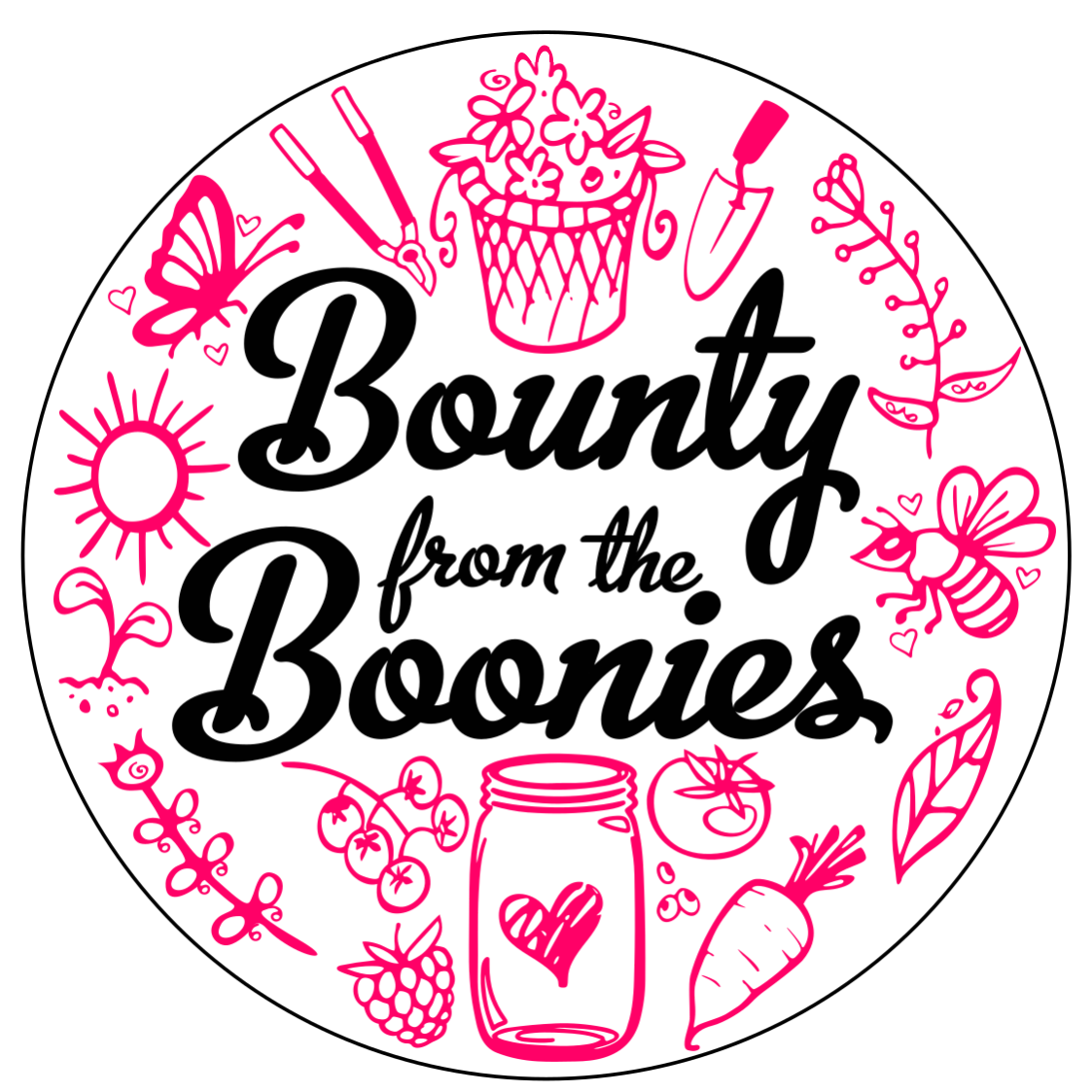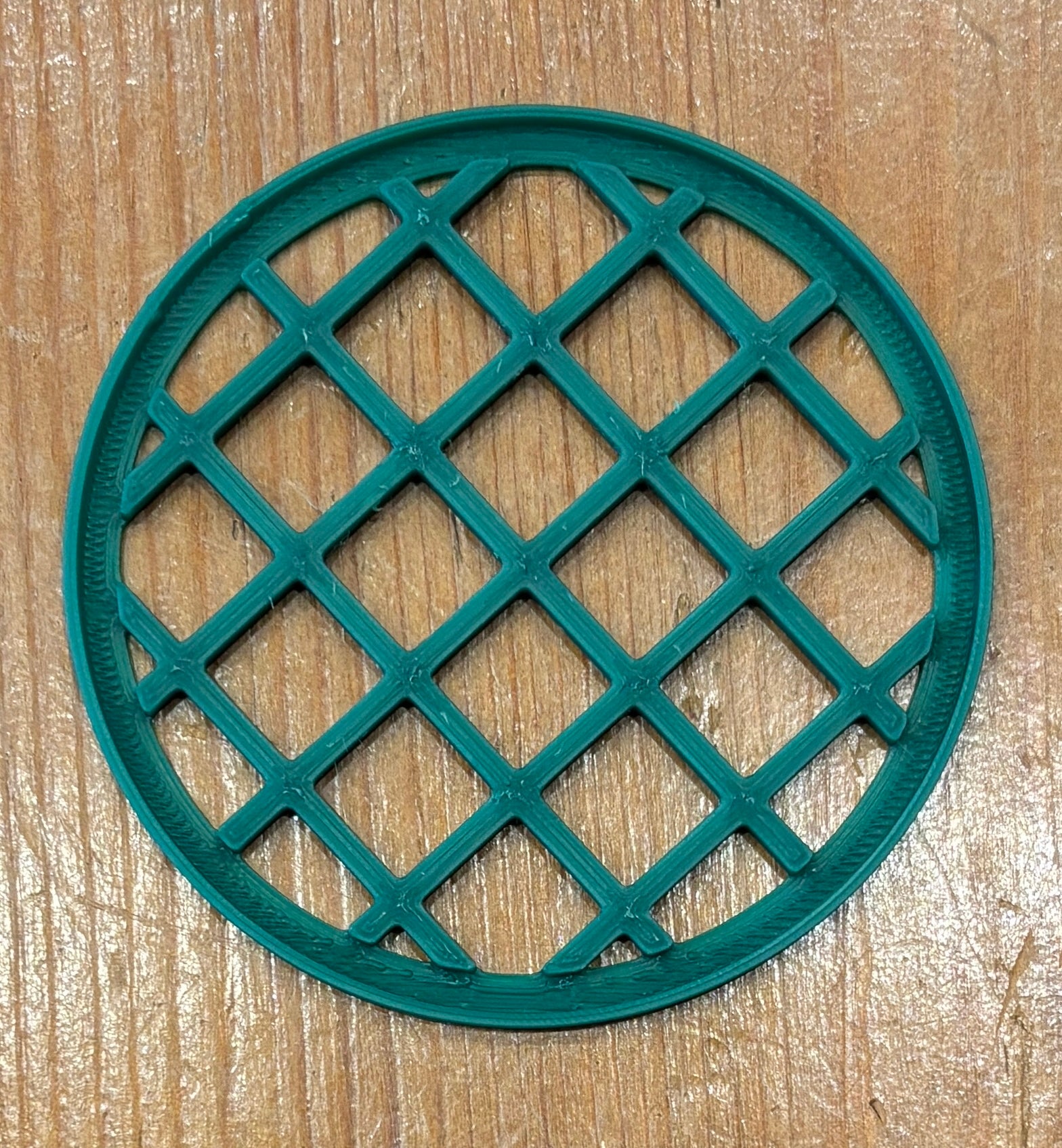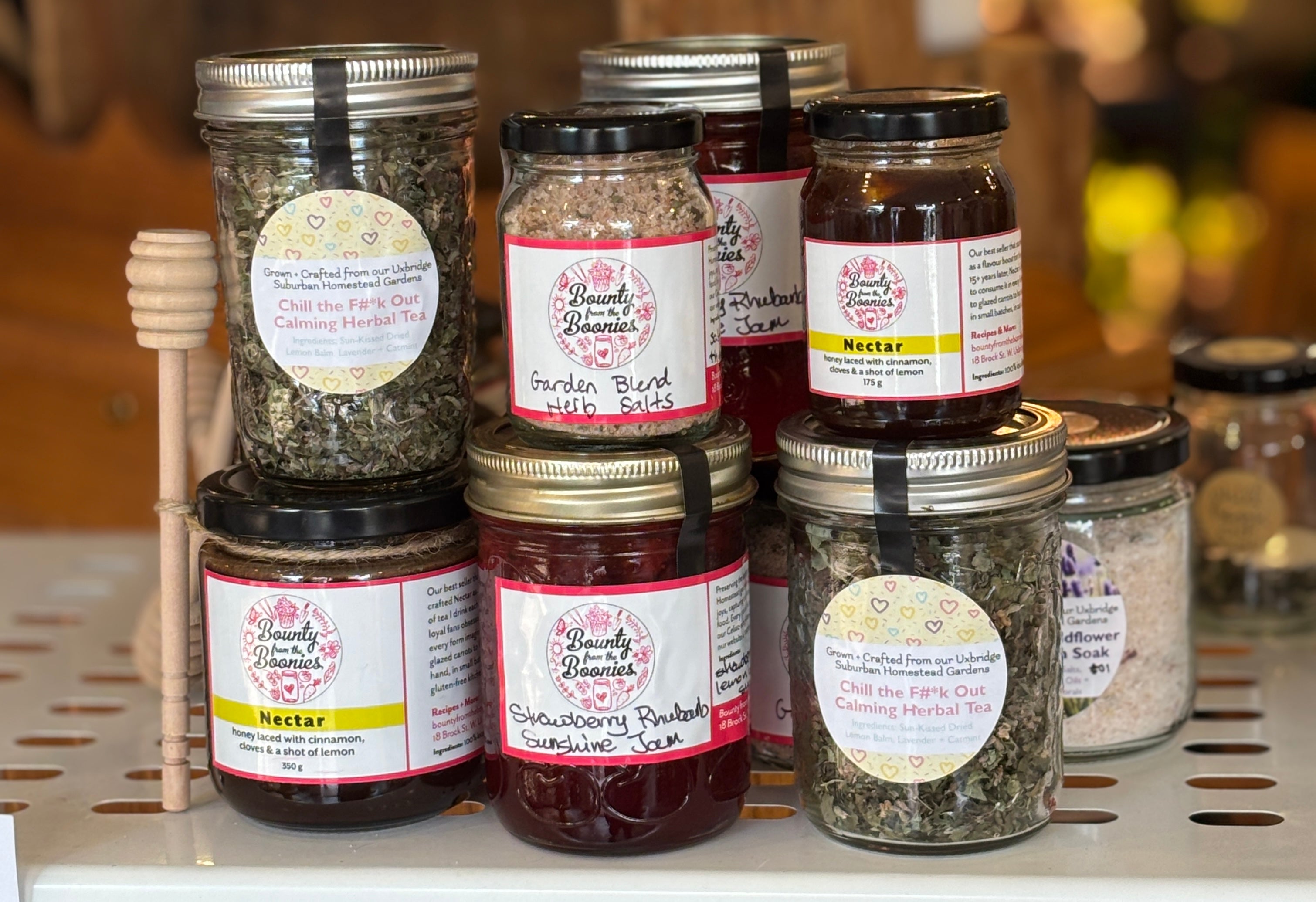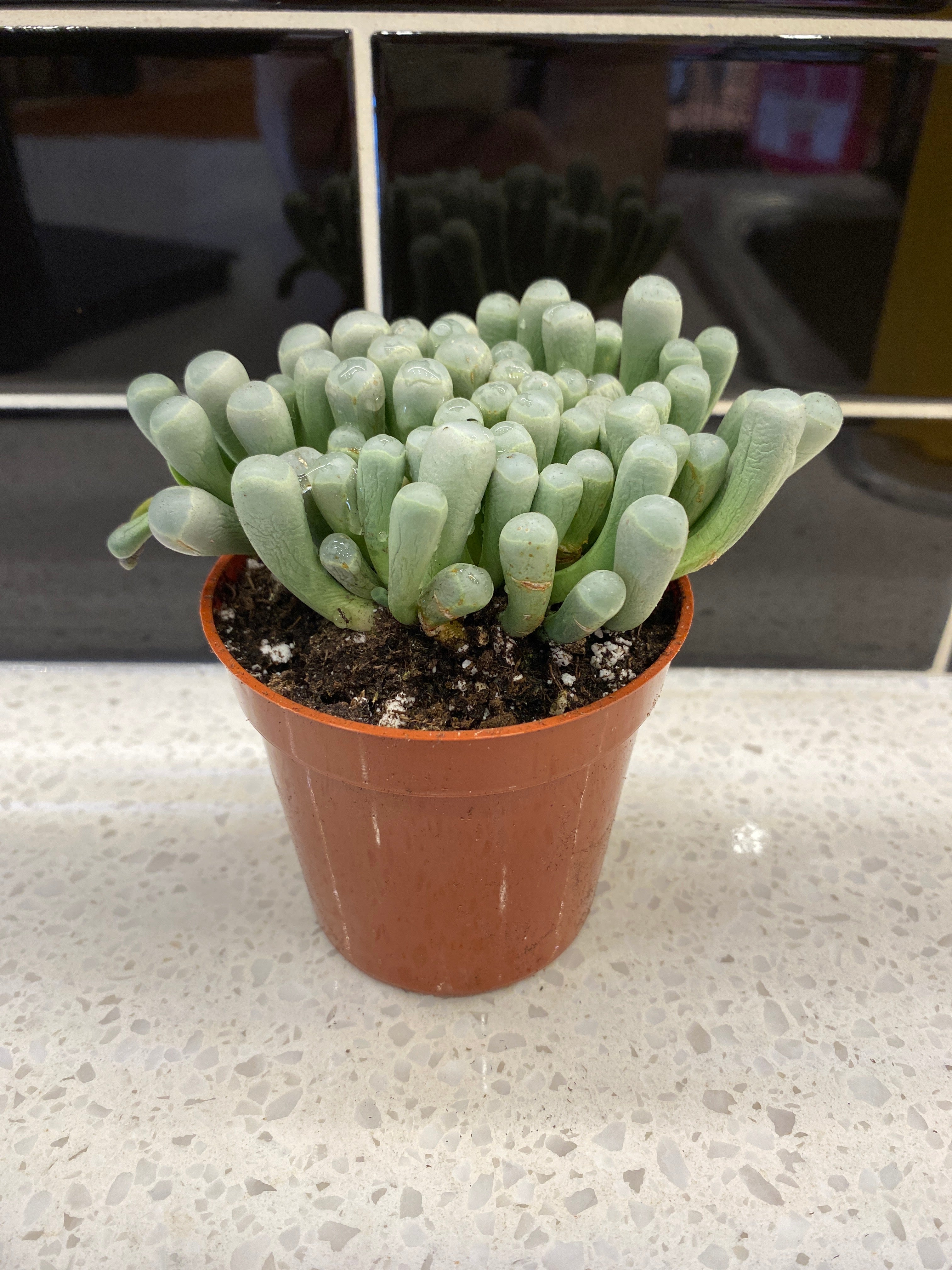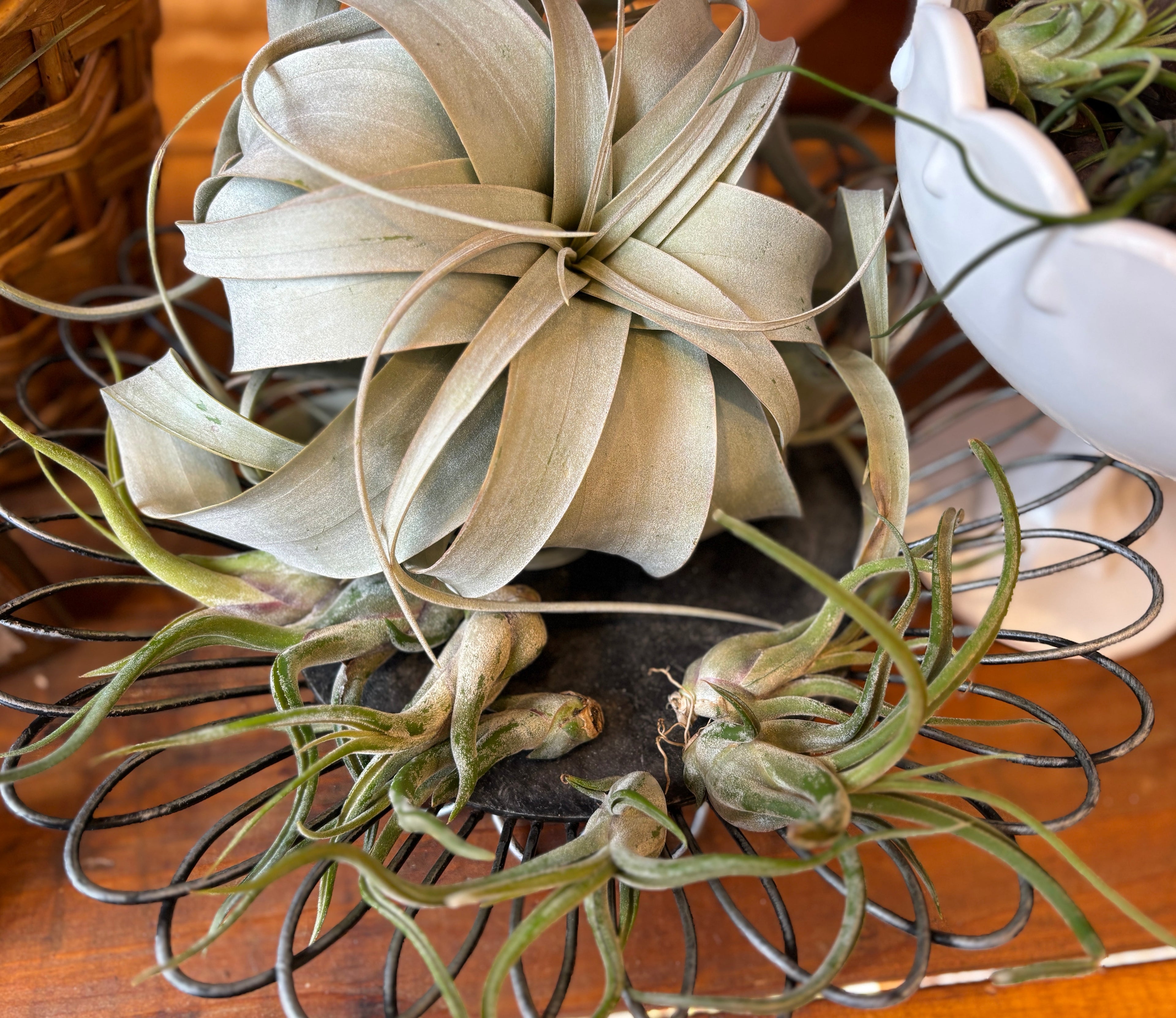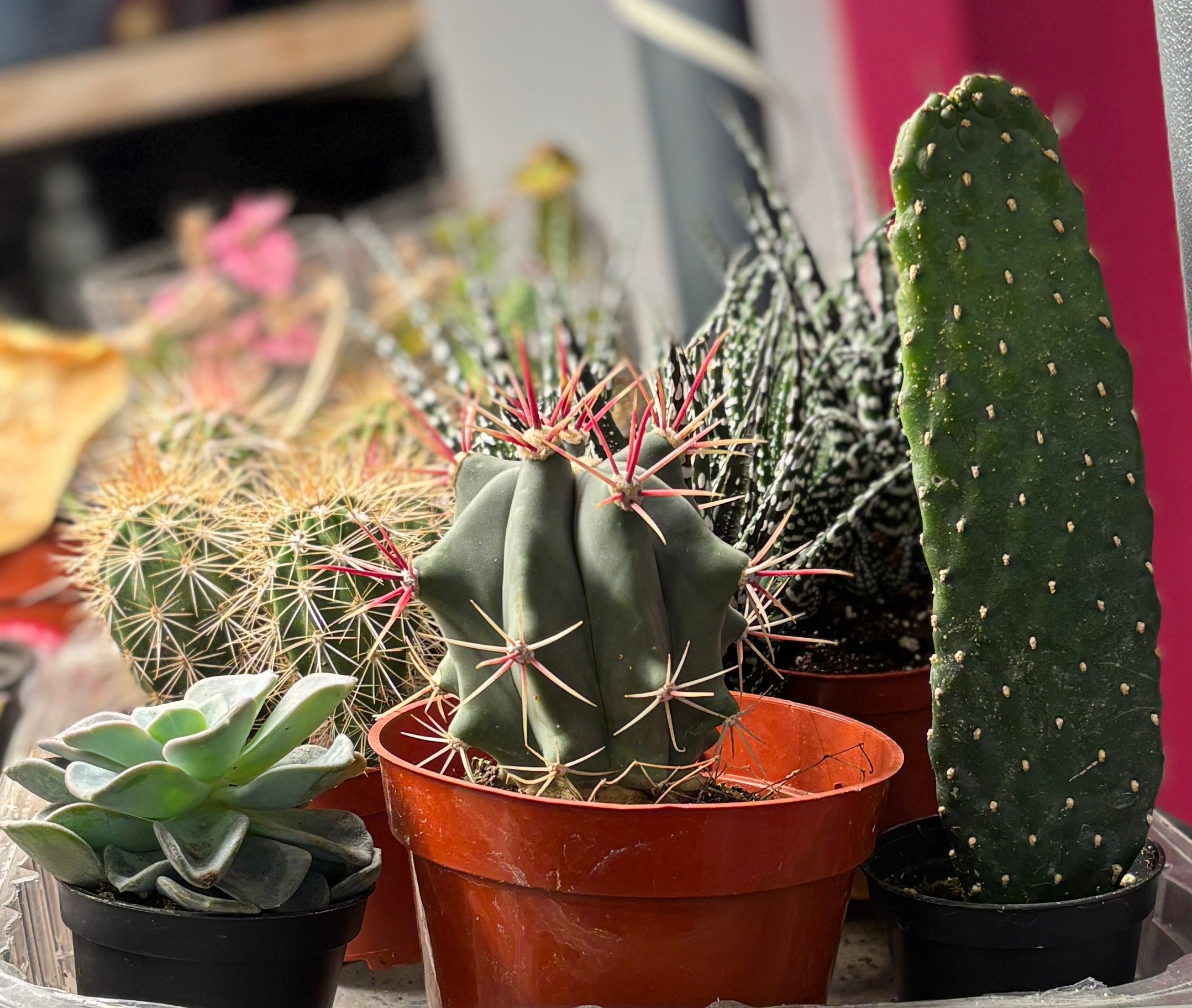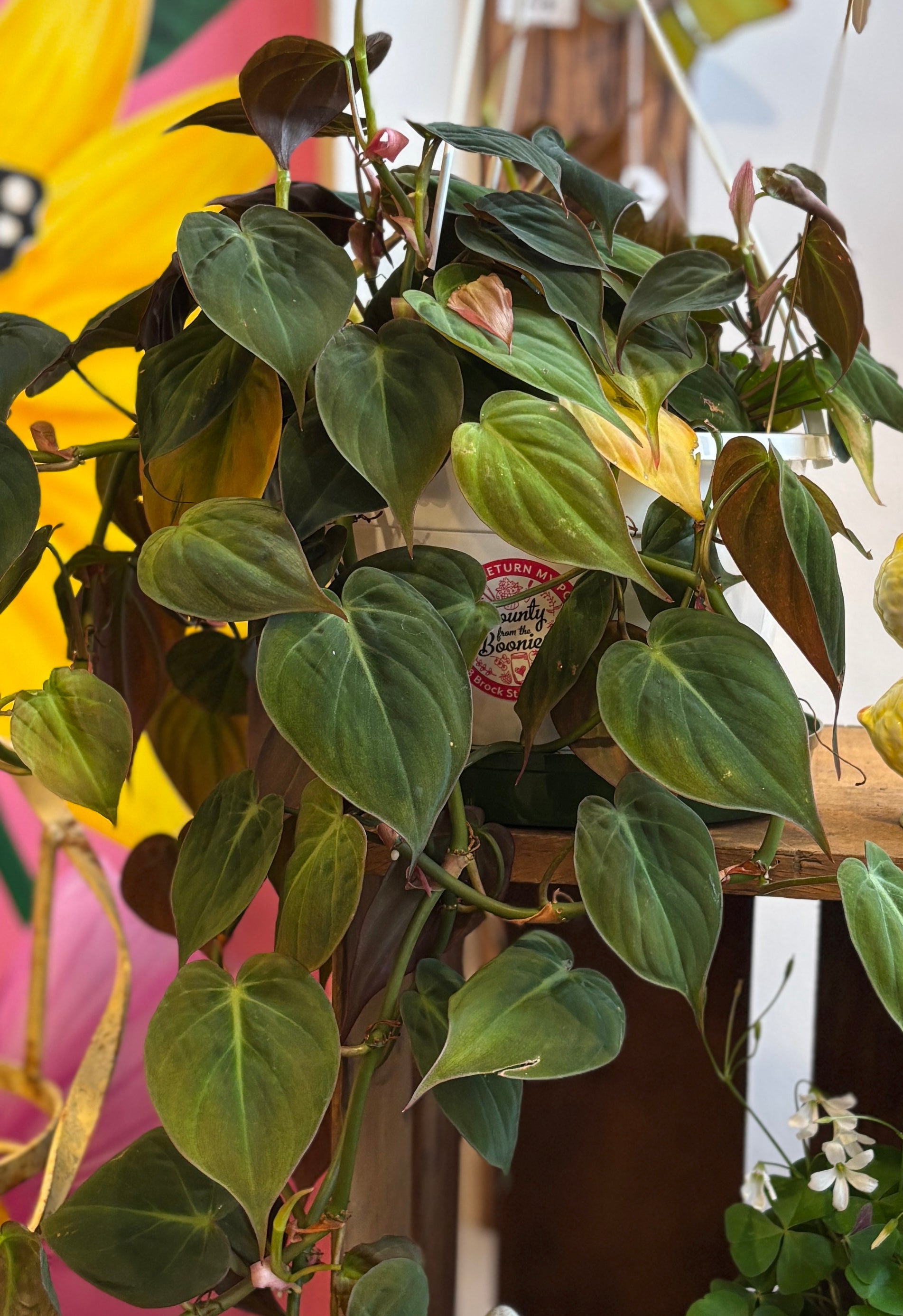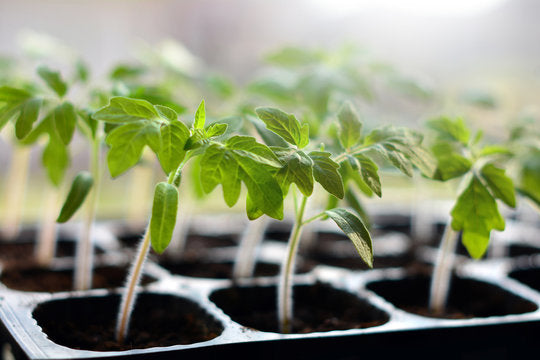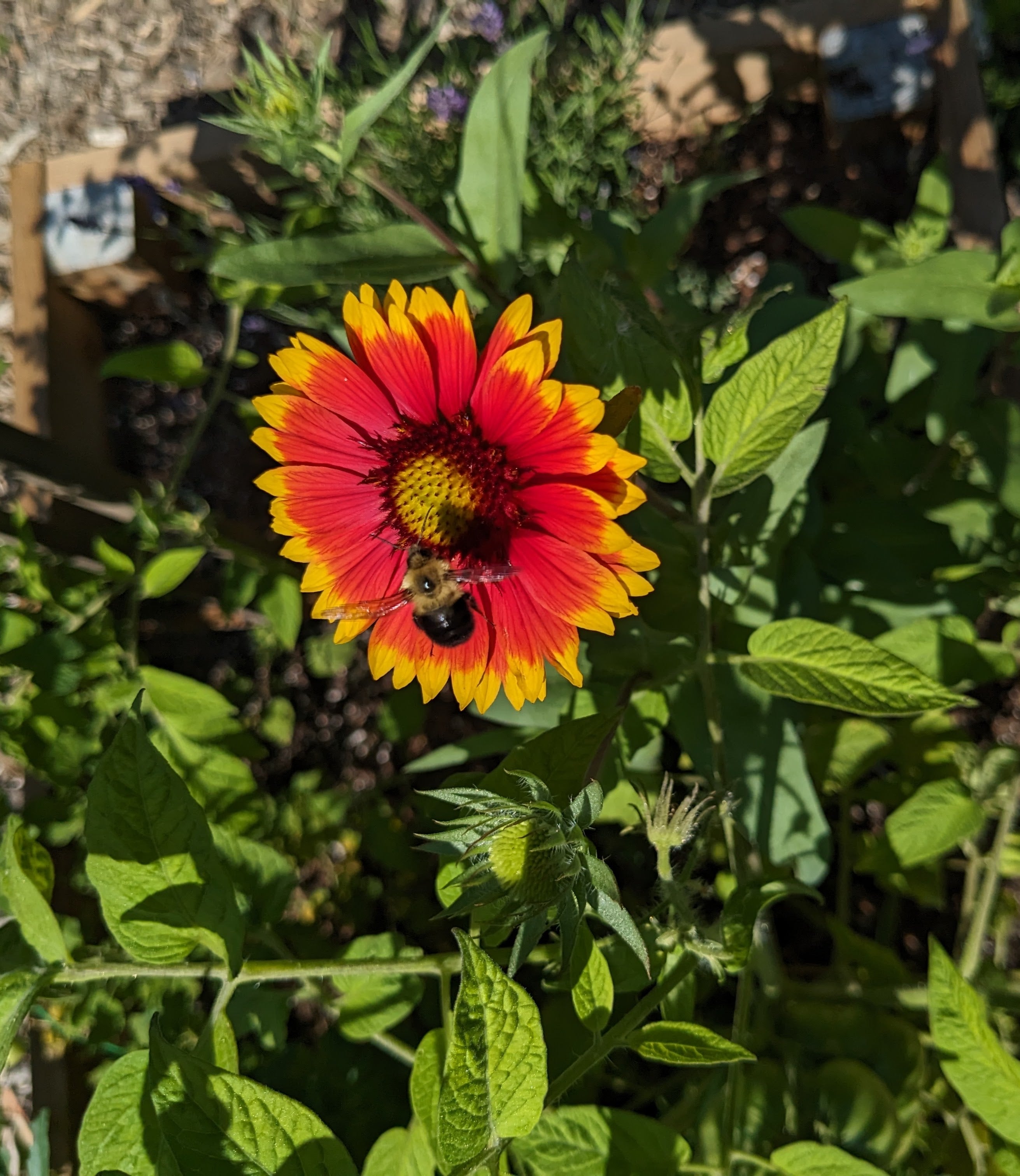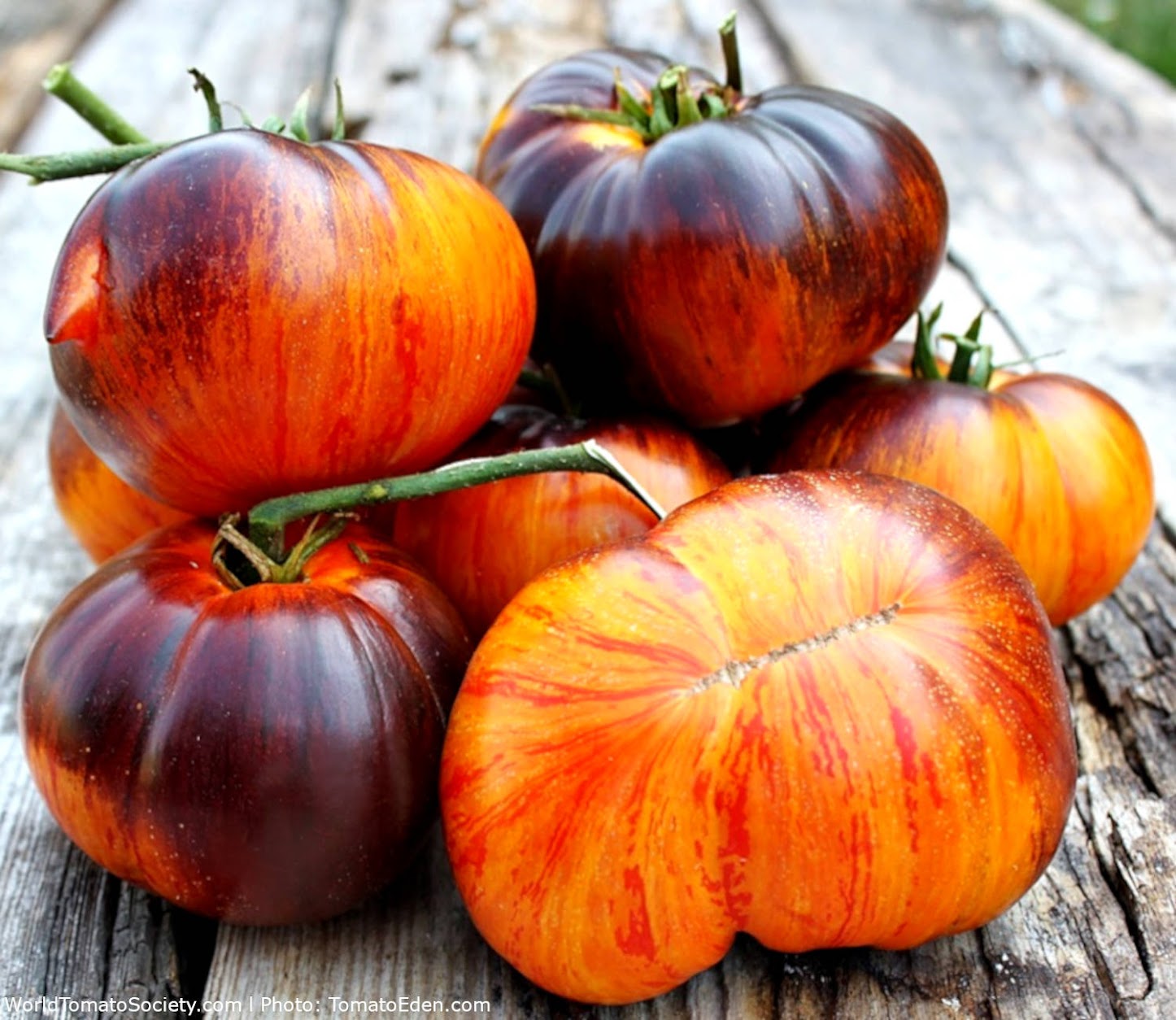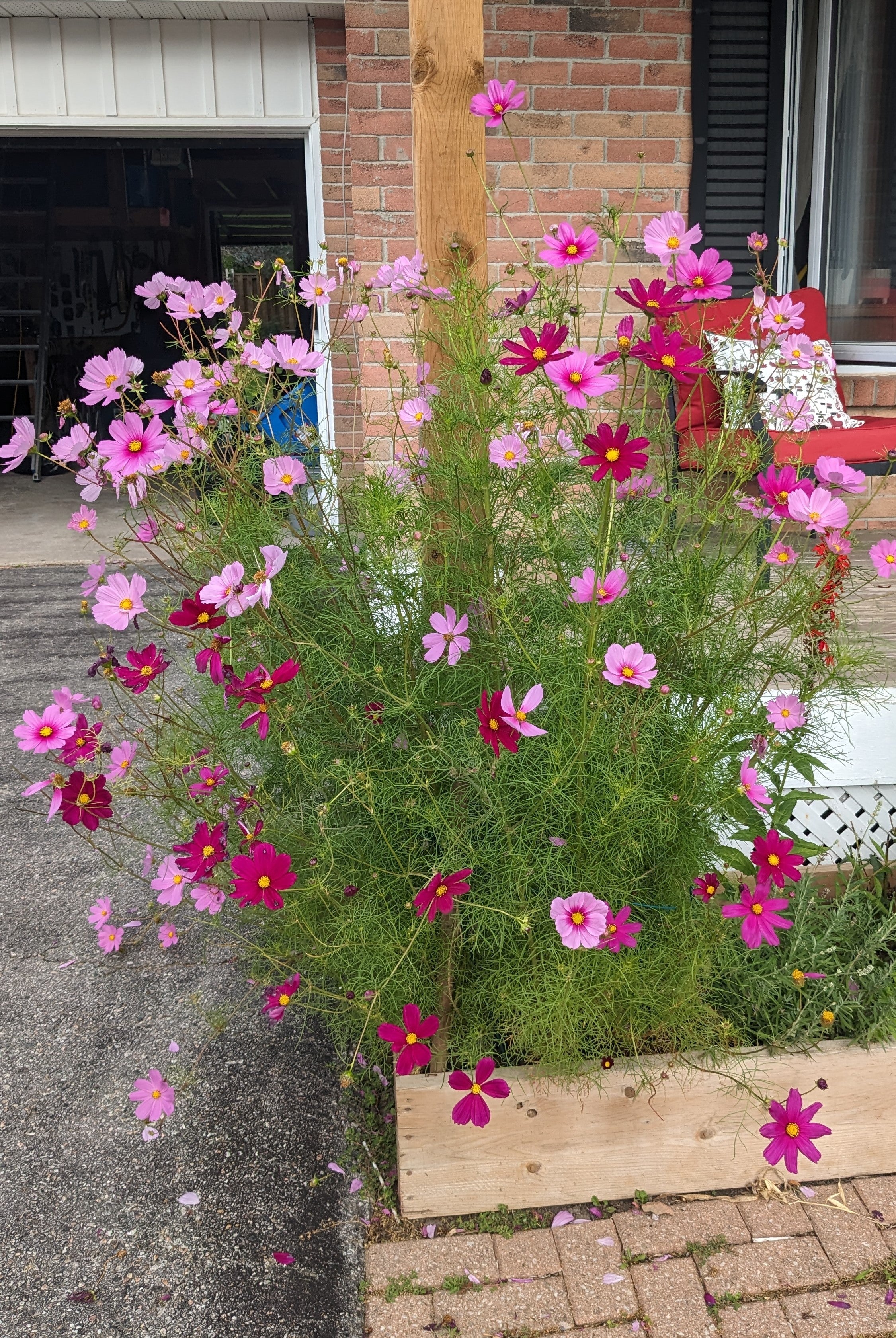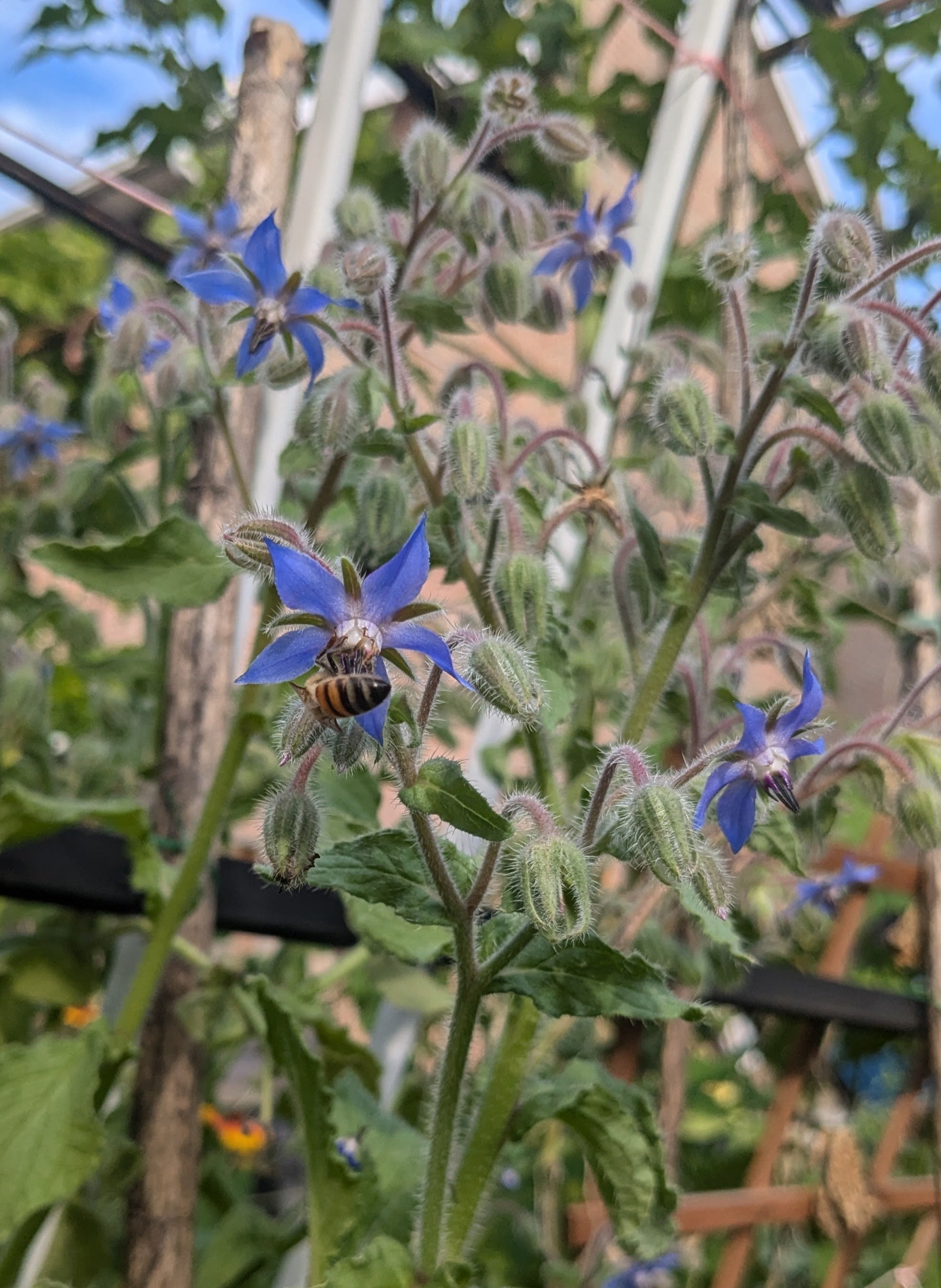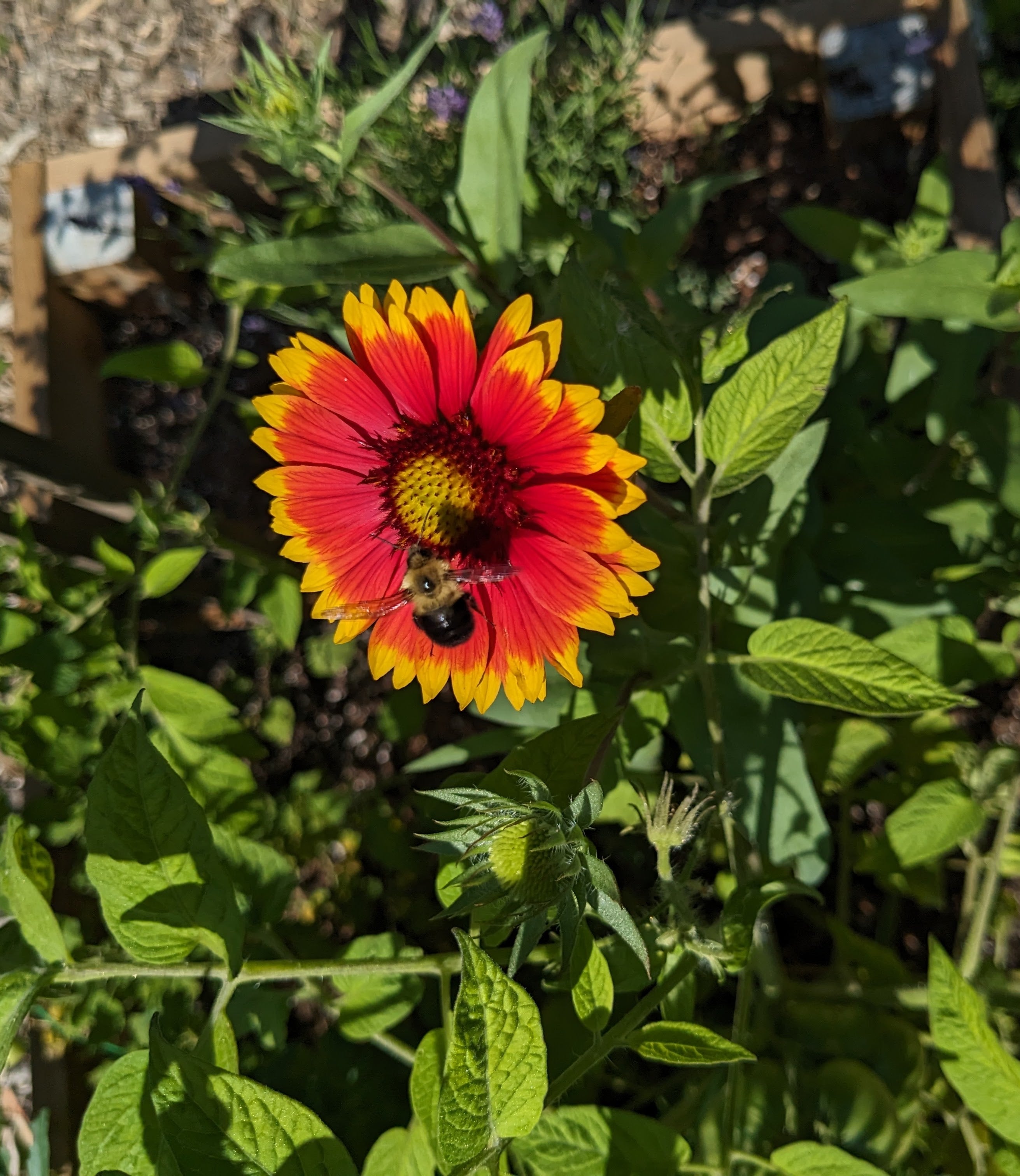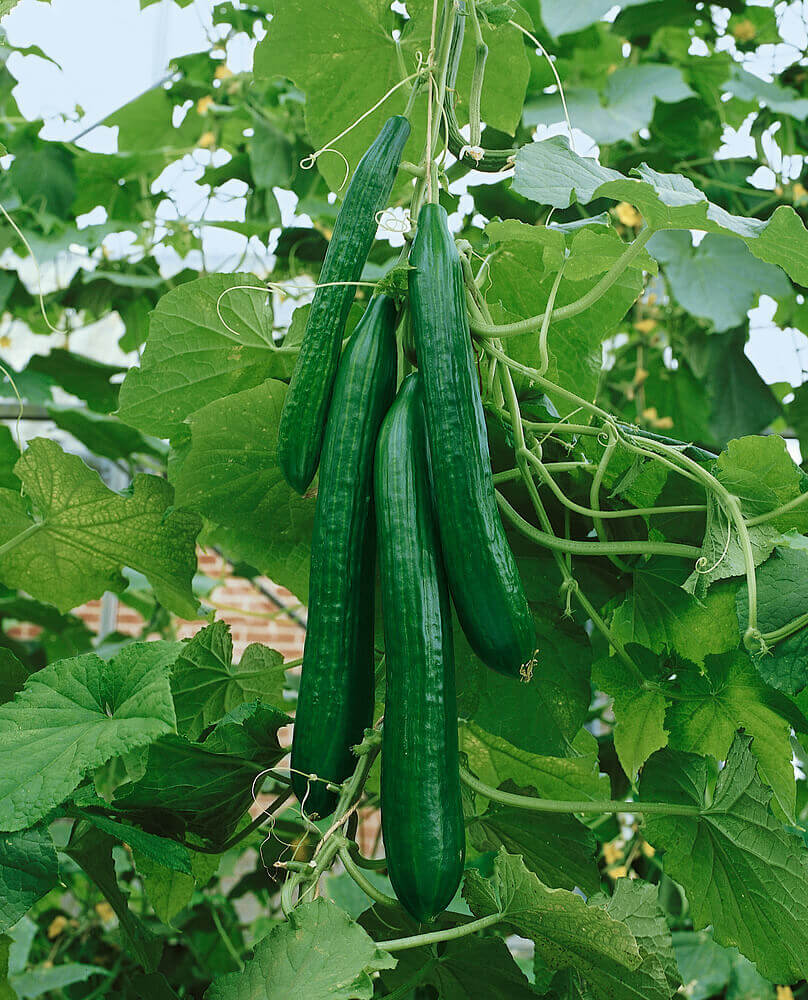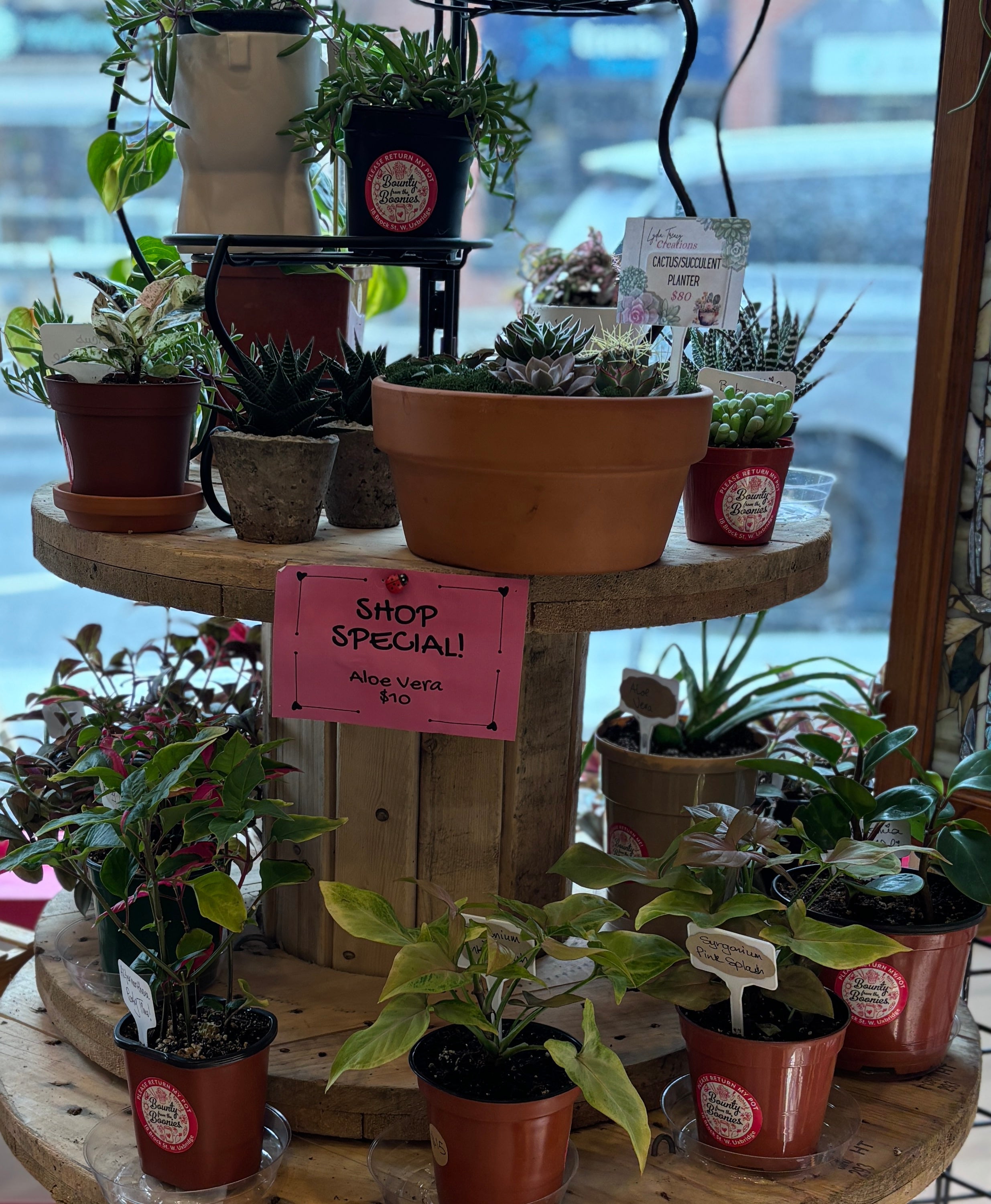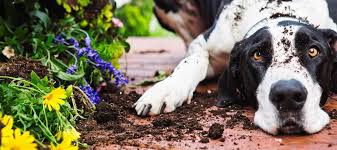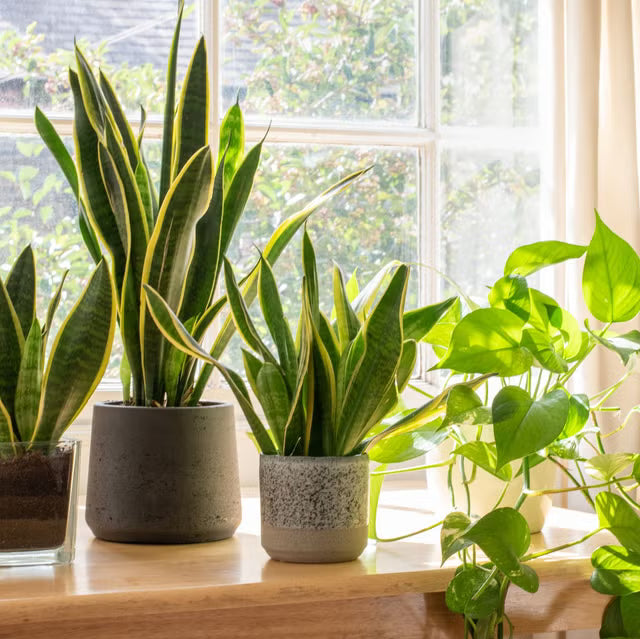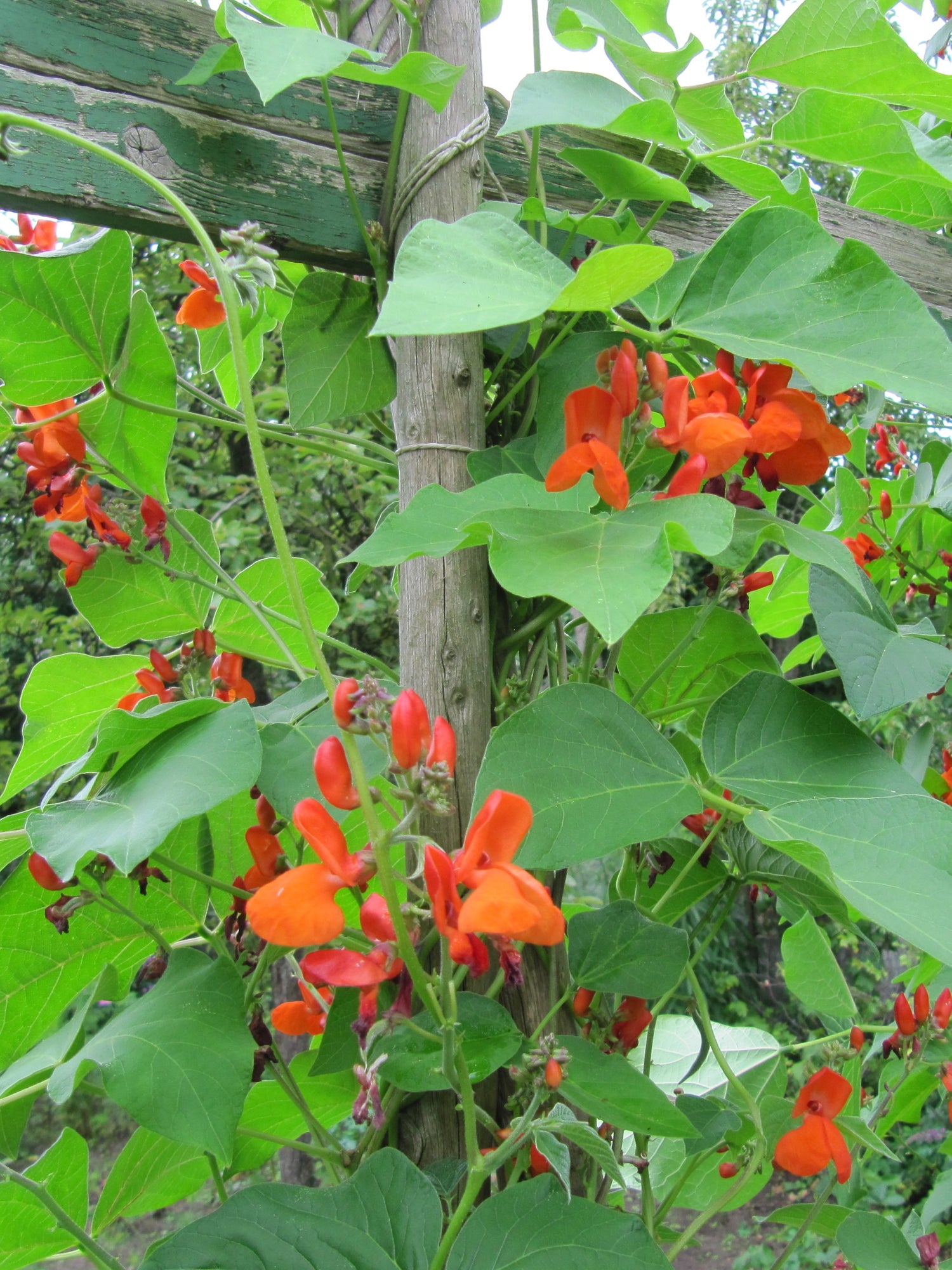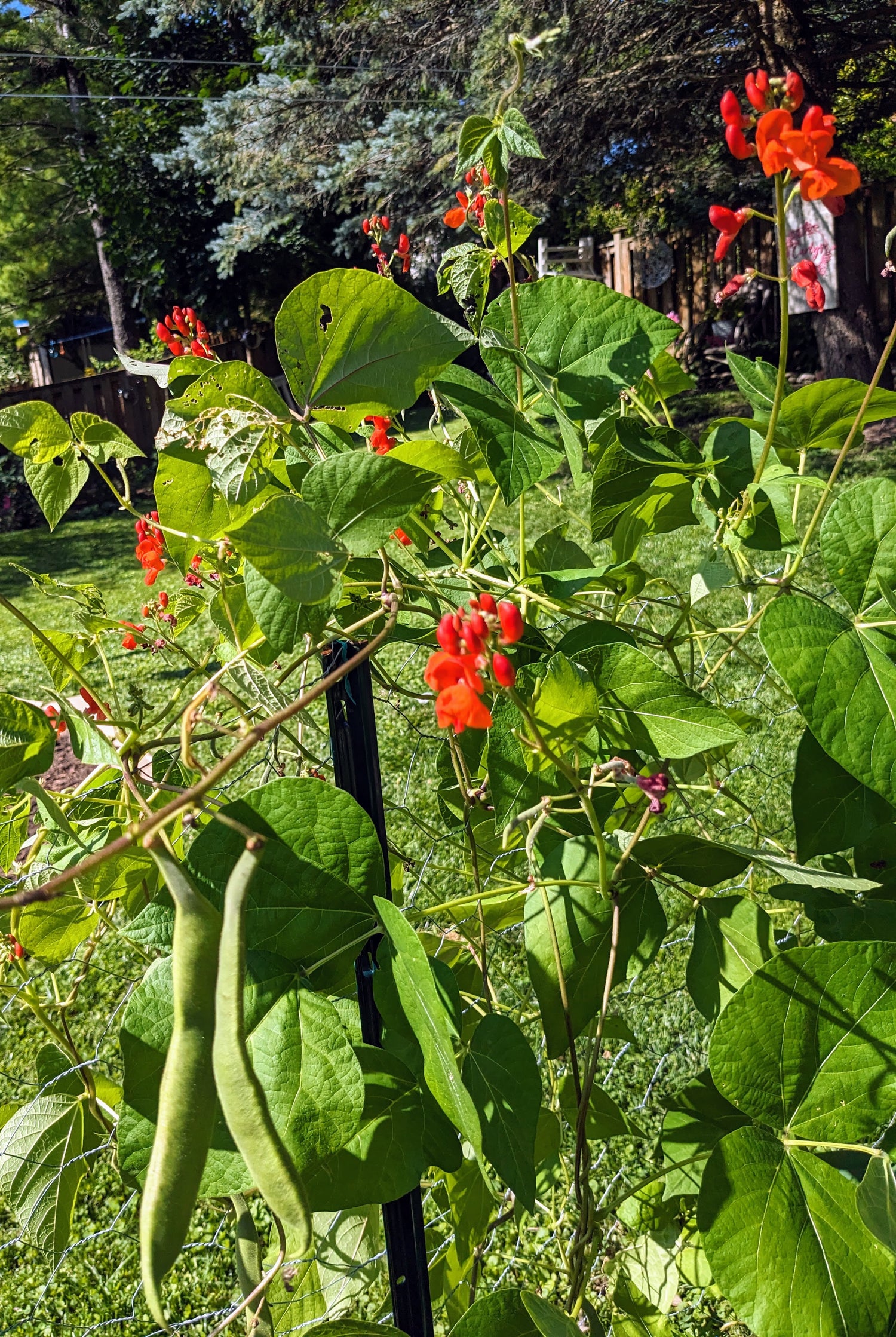
Biodiversity Buttons
$7.00
Unit price perOriginal ink and watercolour drawing of each Native Helper Insect from the stunning native plant gardens of Zephyr, Ont. gardener and artist Brenda Near. Collect all 4!
For every button purchase, we sow a new native plant species in our Suburban Homestead Gardens in Uxbridge, ON - continuing our efforts to rewild our property and grow more pollinator habitats.
Brenda Near, Art and Creative, Environmental Crafts
Brenda is a passionate gardener and has a deep attachment to the natural world. She loves to explore the connection between gardens and natural spaces. Lately, her art work revolves around gel plate printing and collage. She also enjoys sewing, simple useful and reusable items.
Latin Name: Sphex ichneumoneus
Family: Sphecidae - Thread-waisted wasps
Description: The head and thorax have fine golden yellow hairs and the abdomen is orange with black on the last segment. This is a large wasp with females averaging 0.9 inches and males 0.75 inches. Active from June to Early September
Nesting: Nests are made in the ground in a dry and sunny location
Prey: Unlike bees who feed their larvae pollen, wasp larvae are carnivorous, eating paralyzed prey provided by the mother. Great Golden Digger wasps feed their young Katydid and crickets. The mother wasp stings the prey into submission and carries it back to the nest under her body. She then stores the prey in the nest cavity, lays an egg on it and seals the nest cavity. These wasps are important for pest control
Favoured Native plants: Adult digger wasps feed on nectar. Some favourites include Swamp Milkweed, Virgin’s Bower, Flat Top Aster, Mountain Mint and Stiff Goldenrod
Fun fact: To construct their nests in the ground, these wasps clasp soil in their mandibles (jaws) and vibrate their thoracic muscles. These vibrations reach their jaws and cause the soil to loosen, much like a little jack hammer!
Demeanor: These wasps are solitary nesters and as such do not hang around to defend a nest. They lay their eggs, close up the nest and leave. Most of the time these wasps are nectaring on flowers or hunting prey, leaving little reason to sting humans
AKA: Plasterer or Polyester Bee
Family: Colletidae
Species: Colletes spp. - 100 species in North America (it is very difficult to identify a bee to its species level)
Description: Small to medium sized bee. They are very fuzzy around their thorax and heart-shaped face. The abdomen is striped
Nesting: The female builds a solitary nest in the ground. Look for their telltale mounds of earth, like ant hills! There will often be many individual nests together forming communities in lawns in spring. Get close and you will see these adorable bees peeking out in the late spring. They are not aggressive!
Favoured Native Plants: Pussy Willow, Salix discolor and Nodding Onion, Allium ceernum. Native bees are excellent pollinators due to their furry bodies
Fun fact: Their short tongues are divided in 2 (bi-lobed) to help them spread a sticky, cellophane/ polyester type liquid, secreted from a gland and mixed with saliva, over the inside of their nests. This material is very strong and when dry, is waterproof, keeping the larvae inside free from mold and drowning should the nest become flooded
Latin Name: Tetraopes tetrophthalmus
Order: Beetles. Beetles are insects which have hard forewings that cover their hind wings and they have chewing mouthparts.
Family: Long Horned Beetles
Description: Most of us know the relationship between the Monarch Butterfly and Milkweed - Monarch caterpillars can only eat Milkweed to live - but did you know that milkweed is an important native plant for many other insects? The Milkweed Beetle is one: their larvae feed on the roots and the adults eat the leaves. They prefer Common Milkweed and act as a population control of this fairly aggressive plant.
Fun facts: Their red colouring acts as a warning of their toxicity to any would-be predators. Why are they toxic? Because they ingest the toxins in Milkweed. When startled, these beetles apparently squeal and “purr” when they interact with each other. (Brenda note: I have never heard this and could not find a recording of this behaviour, so I will have my ear to the milkweed beetles this summer!)
Latin Name: Epargyreus clarus
Family: Hesperiidae - 300 species in North America
Description: Largest of the skipper butterflies. Brown wings and greenish body. They have a lovely silvery white mark on the outside of the hind wing which makes them fairly easy to identify. Fast flying!
Host plant: All butterfly/ skipper larvae need a specific type of plant to eat in order to survive. Host plants for the Silver Spotted Skipper include plants in the pea family - Showy Tick Trefoil, Black Locust, American Hog Peanut and American Groundnut.
Favoured Native plants: Adult skippers feed on floral nectar. Native flowers such as Coreopsis and Blue Vervain and Hoary Vervain (Verbena spp.) are excellent for attracting skippers.
Fun fact: Males stake out territory and will chase away other flying insects
Click here to see our Refund + Return Policy
